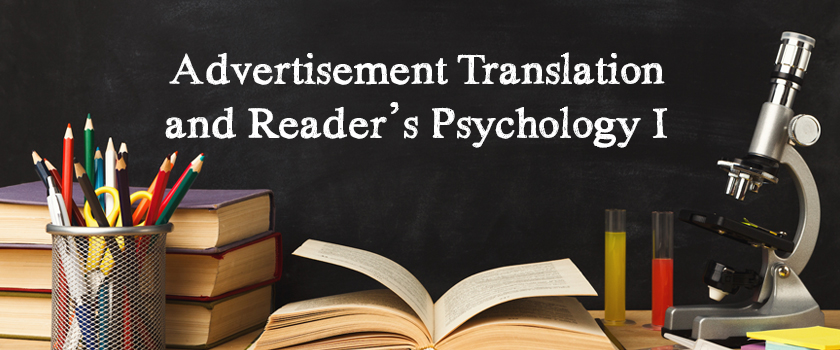Translation is a complex communication than that within a single language because it involves two languages. Given the importance of consumer’s psychology, the translator must be fully aware of the cultural awareness, aesthetic standards, and consumption modes of both starting language and target language readers, and should keep in the mind intention of the original so as to transfer its message maximally.
The translated advertisements should be delightful to the eye, pleasant to the ear, easy to remember, as well as be a perfect unity of sound, form, and meaning. That is arousing the same interest and psychological empathy of the target consumers stimulate their aesthetic enjoyment and consuming desire.
There are many methods of advertisements translation. No matter which method interpreter adopts, the common expectation to achieve is to retain the original characteristics of the former version and try to convey the information carried to its best in target version.
1. Literal translation
Literal translation involves translating meanings literally, keeping both the original form and the original sense. It is often used when Chinese advertisements can find corresponding expressions in English. As Chinese and English cultures share many similarities, many advertisements can be translated by literal translation.
Literal translation can mirror the foreignness of the source text in the target language, cultivate a love of aesthetics, and thus create psychological resonance.
Only Brother Your Own Brother. ——— Brother
值得信赖,唯有兄弟。
This is an advertisement of Brother Brand of sport products. The advertiser utilizes fraternal feelings between brothers to impart the advertisement full of human interest. Meanwhile, he uses the rhetoric device of pun. One is the brand of “Brother”, the other is brother with relationship by blood, which incarnates the Chinese cultural intention that blood is thicker than water.
When it is translated “值得信赖,唯有兄弟”, it embodies the culture meaning: It is your brother who you should trust. Both the source and target consumer notice this advertisement, and they will identify with this advertisement at the first sight. Moreover, the translation of the advertisement is short and pithy, which makes it easy for the target audience to understand and remember. And the vocative function of advertisement makes a good beginning.
Read Also: Real Steel and Translation Machine
2. Liberal Translation
Liberal Translation refers to fluent and natural translation on the basis of the original meaning, without paying attention to the details. There is no need to pay attention to the form of the original, including construction of the original sentences, meaning of the original works. Some examples follow:
Can’t beat the real thing! ——— Coca-Cola
挡不住的诱惑。
This is an advertisement for another kind of drink—Coca-Cola. It uses a imperative sentence. If translated literally, that will be “别打掉真正的东西”. Then the target consumer will not understand what it means. The product will become a drug on the market. On this occasion, liberal translation “挡不住的诱惑”is properly used. Although the translation is vague in meaning and different in style compared with the original text, it could provoke the consumer’s curiosity to pay close attention to the product.
To be continued…



